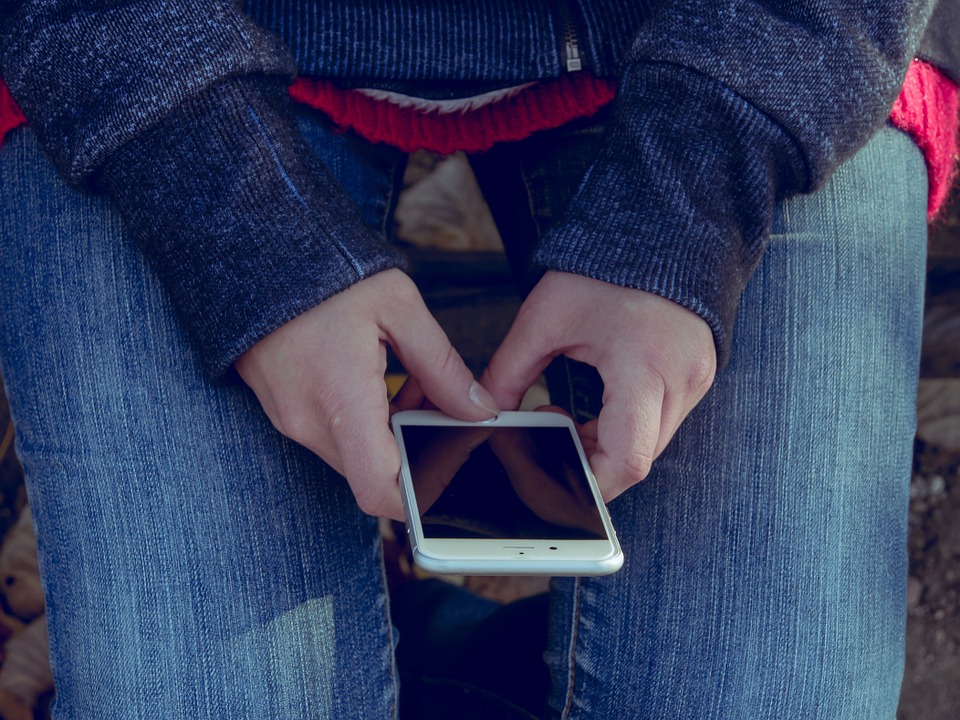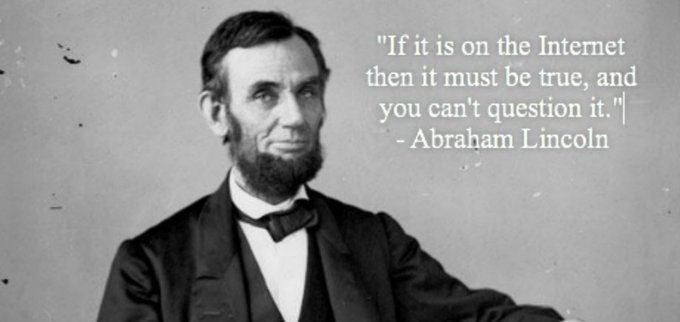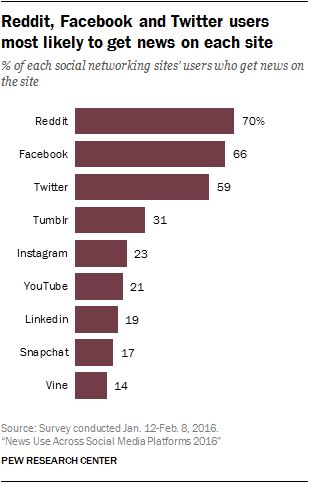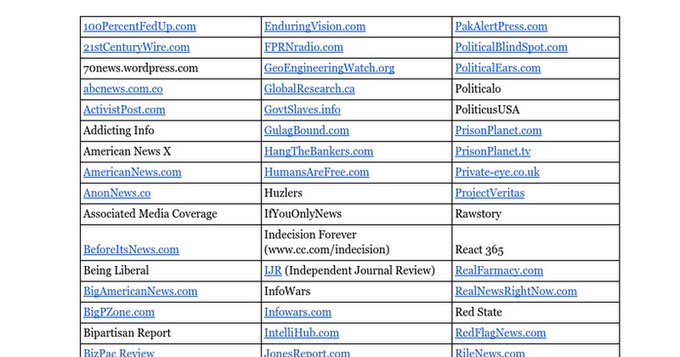WASHINGTON (Sinclair Broadcast Group), November 18 – The last election has been described as one of the most divisive in American history.
Voters were overwhelmed with headlines every day and exposed to candidates’ statements that were sometimes stranger than fiction. At the same time they were also bombarded over social media with fake news stories designed as irresistible hyper-partisan clickbait. There is some skepticism over how much the fake news influenced Donald Trump’s victory over Hillary Clinton, but according to media experts, the phenomenon is impacting American democracy.
Facebook shares of fake news stories stayed relatively low throughout the primary election, but hit a near exponential rise after the Republican and Democratic conventions.
“This was the social media election,” said Joseph Mazer, director of the social media program at the University of Clemson. After seeing the recent surge in patently false stories, Mazer noted that social media companies need to be doing more to ensure that their platforms are not used to spread disinformation that ultimately impacts the democratic process.
The perceptions created by the fake stories, Mazer said, are “really influencing the vote, and its influencing the democracy.”
This week, tech giants Facebook and Google announced they were updating their policies to effectively cut off advertising revenue going to fraudulent news sites. Facebook’s terms of use already prohibit the use of misleading or inaccurate information to “artificially collect likes, followers, or shares,” and on Monday it updated its Audience Network Policy to discourage ad placements in apps or sites containing “fake news.” Google also moved to ban fake news sites from using its ad-selling software, AdSense, to raise revenue.
Reducing the appeal of cash-for-clicks on fake sites could clearly begin to put a dent in the problem, especially as some internet content producers report making up to $10,000 per month producing irresistible political clickbait. Overseas, there have been reports of Macedonian youth earning as much as $5,000 per week churning out pro-Donald Trump posts, an issue that has raised questions about the role fake news played in the last election.
During a Thursday news conference in Berlin, President Barack Obama responded to the flood of fraudulent election news, saying that “if we can’t discriminate between serious arguments and propaganda, then we have problems.” He further warned that if members of the public are unable to engage in discourse beyond absolutist views, “then democracy will break down.”
Svetlana Mincheva, programs director at the National Coalition Against Censorship, emphasized that there are important questions and concerns about how social media is impacting how the public consumes news and American democracy more broadly.
“This is not a small blip in the history of democracy and how we share information and how we talk about politics, this is a sea change,” Mincheva said.
According to Mincheva, banning sites or shutting down social media accounts is not a reasonable response to the digital age of democracy, especially if it means rolling back one of social media’s most positive contributions, citizen journalism. “Censorship is a blunt tool,” she said. “Anytime it comes to suppressing information, to credentialing websites, to banning websites, the question is who decides?”
The rise of misinformation masquerading as news has implications in the world of journalism, where accuracy, facts, and objectivity are still considered to be the purpose of the profession. President of the National Press Club, Thomas Burr, described the phenomenon as “disturbing” stating that manufacturing fake news “contradicts the very notion of objective journalism.”
The ability to discern real news from fake news depends on an actively engaged media consumer, willing to check multiple sources. It is a tall order in an era where consumers can customize their news feeds to reflect the views they want to hear. In a 2016 study, Pew Research Center found that two-thirds of adult Facebook users get their news from that social media platform, which in a broader sense amounts to 44 percent of the population. With the option to adjust a few settings, a Facebook or Google user can watch his or her candidate win every news cycle.
According to Mazer, companies like Facebook may want to consider “some kind of gate keeping role,” similar to a traditional news editor, to look at how to “screen and detect and rate the accuracy of social content” as it come through.
“When we look to the presidential race of 2020, I would hope by that time, social media platforms would have advanced to include some type of fact-checking device or mechanism in the platform to prevent the spread of false information,” Mazer suggested. Other possibilities for reducing fake news might including a rating system, evaluating the reliability of the source of content.
One media professor at Merrimack College in Massachusetts thought she had a way to help readers analyze the news and published a Google Doc identifying fake news sites. Melissa Zimdars’s document began by advising readers to watch out for fake versions of real news sites that end in “.com.co,” and always check for author attribution. But she went on to include a kind of hit list of “False, Misleading, Clickbait-y, and Satirical ‘News’ Sources,” which included popular alt-right outlets like The Blaze and Breitbart News.
Within the massive information space, one person’s trash is another person’s news. One outlet produces propaganda and another uses editorial discretion. President Obama has characterized the problem of having a standard baseline of facts for public discourse at a time when the media is “splintered,” and polarized groups “almost occupy two different realities in how they see the world.”
Media and communications professor at New York University Mark Crispin Miller expressed his own skepticism over not just the false information masquerading as news, but traditional media outlets as well. “‘Fake news’ is a serious concern of course, but I see a far graver danger in the ‘fake news’ churned out by the mainstream press itself,” Miller said.
Often when a new problem arises that involves technology, whether it’s online scams or cybersecurity, experts propose technical fixes for very human problems. One of the best fixes for cybersecurity isn’t necessarily a firewall, it’s not clicking on the pirated movie download. One of the best solutions to curb the influence of fake news, according to each expert cited above, is an informed consumer of that news.
Thomas Jefferson was quoted as saying, “An educated citizenry is a vital requisite for our survival as a free people.” According to the The Thomas Jefferson Foundation, which manages Jefferson’s property and produces extensive studies of his life and work, the third President of the United States never actually said that.










